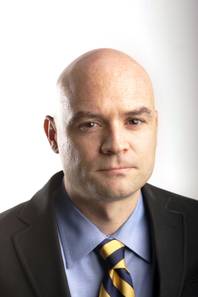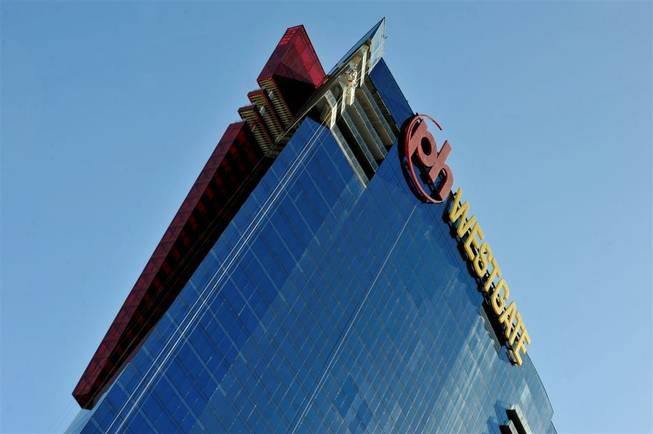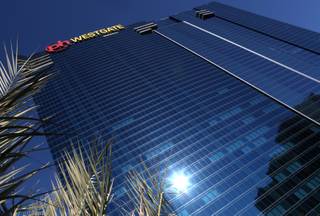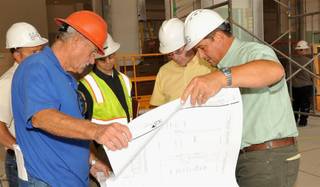Thursday, Sept. 6, 2012 | 2 a.m.

J. Patrick Coolican
Along with a lot of misery, the 2008 financial crisis and the resulting Great Recession have produced excellent films, both dramatic and documentary. In the former category, “Margin Call” took us inside a failing Wall Street firm that, though fictionalized, was clearly based on the events of 2008, exposing us to the anguish and ignorance of the collapse. “Inside Job” was an investigative documentary into the causes of the crisis.
But the best film yet may be “Queen of Versailles,” a documentary made by the celebrated photographer Lauren Greenfield about a family building the largest house in America before it all collapses — figuratively, if not quite literally — under the weight of folly. Real estate speculators and subprime lenders and borrowers in Southern Nevada played a more-than-minor role in causing the financial crisis, so it’s fitting that a significant part of the film takes place in Las Vegas, specifically in the troubled Westgate time share project adjacent to Planet Hollywood. The film is currently playing at the Suncoast.
The film begins in 2007, as David and Jackie Siegel have begun construction on an Orlando house said to be modeled after Versailles, which ordinarily might serve as a metaphor for waste and arrogance, but not so in this case. They’ve made hundreds of millions in the time share business, and the Westgate Tower in Las Vegas is a crown jewel.
As much as we laugh a bit at their reality show-style hijinks — Jackie is at an airport Hertz counter and seems baffled that she won’t have her own driver — it’s hard not to like them. They come from modest upbringings, and David is mostly sheepish about his success while Jackie is unpretentious and a loving, if not entirely attentive, mother of seven children.
David concedes that his middle-class time share customers rely on financing, which means he relies on cheap and easy credit from the banks to keep his business growing and thriving.
Once the credit markets freeze in the fall of 2008, the story takes a sudden turn because Westgate customers can no longer get financing. Suddenly, we’re in the Tom Wolfe novel, “Man in Full,” when the rich commercial developer who is overextended is getting a “workout” from the banks, squeezing him for everything he worked a lifetime to build.
David Siegel fights the banks to keep them from seizing the Westgate. Construction on the faux Versailles stops. Its half-finished skeleton, familiar to anyone who drives around here and sees similarly unfinished buildings, is a crass symbol of economic collapse. The kids are sent to public schools. The huge household staff is trimmed. If we can’t exactly feel sorry for them, we can see ourselves in them, largely because of the arresting and largely sympathetic portrait painted by Greenfield. (David apparently disagrees with that assessment — he’s suing Greenfield.)
Still, intentionally or not, the movie for me serves as an indictment of those years of false prosperity, when everyone had a house or a time share or a time share building he couldn’t afford, when the financing was cheap and easy, and when all was too good to be true.




Join the Discussion:
Check this out for a full explanation of our conversion to the LiveFyre commenting system and instructions on how to sign up for an account.
Full comments policy